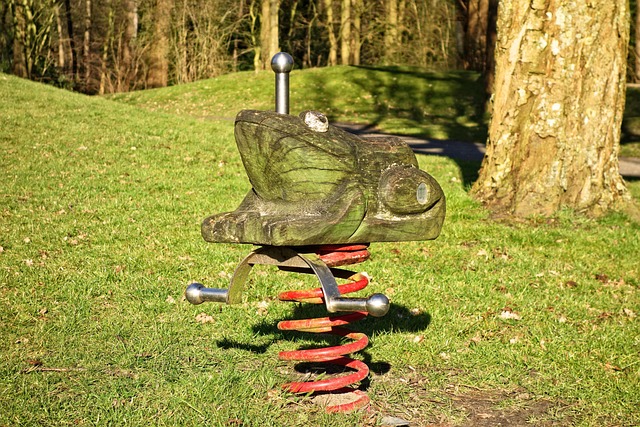Choosing Safe and Engaging Playground Equipment
Playground equipment shapes how children play, learn, and interact. From swings that encourage balance and rhythm, to slides that teach cause and effect, and climbing structures that build strength and coordination, well-chosen equipment supports physical, social, and cognitive development. This guide explains what to look for when selecting and maintaining playground pieces so they’re fun, accessible, and safe for kids of varying ages and abilities.

playground equipment: what to consider?
Selecting playground equipment starts with understanding purpose, space, and age range. Consider durable materials, fall zones, and surfacing options to reduce injury risk. Equipment should meet local safety standards and be proportionate to the intended children’s ages—the same structure might be perfect for preschoolers but risky for older kids. Think about maintenance needs and vandal resistance, especially for public or school settings. Also evaluate accessibility so children with mobility or sensory differences can join play; ramps, transfer platforms, and sensory panels broaden participation and inclusion.
swings: benefits and safety tips
Swings remain a playground favorite because they support vestibular development, balance, and social interaction. When choosing swings, look for bucket seats for toddlers and flexible belt seats for older children, with appropriate spacing between bays to prevent collisions. Anchor and chain quality matters: use corrosion-resistant hardware and check for pinch points. Swings require a clear runout area and impact-absorbing surfacing beneath and around them. Inspect swing chains, fasteners, and seats regularly for wear; replace worn components promptly to maintain safety while preserving the fun swings provide.
slides: design and age-appropriate choices
Slides teach momentum, spatial judgment, and turn-taking. Choose slide height and incline that match intended age groups: low, gentle slides for toddlers and taller, steeper options for older children. Consider slide entry and exit designs that prevent entrapment and reduce impact—wider exits and extended runouts help. Material choice affects temperature—metal slides can become hot in sun, while UV-resistant plastics remain cooler. Ensure guiding rails, safe ladder steps, and secure anchoring. Regularly check for cracks, sharp edges, or fading that could signal structural issues or reduced UV resistance.
climbing structures: development and safety
Climbing structures encourage strength, coordination, problem-solving, and confidence. Designs range from low boulders and creative play panels to multi-level rope courses and rock walls. When selecting climbing structures, prioritize appropriate challenge levels, handholds sized for little hands, and guardrails where falls could be serious. Adequate fall surfacing—engineered wood fiber, rubber mulch, or poured-in-place rubber—must extend under and beyond the structure to recommended distances. Supervision policies and signage can guide safe use, and routine inspections catch loose bolts, fraying ropes, or worn connections before they become hazards.
children: inclusivity, supervision, and developmental fit
Playground equipment should match the physical, social, and sensory needs of children who will use it. Offer mixed play zones: calm areas for quieter play, sensory-rich panels for tactile exploration, and active zones for running and climbing. Inclusive features—ground-level activities, transfer stations, wide ramps, and accessible swings—allow children with mobility differences to engage alongside peers. Supervision is crucial: adults help mediate conflicts, encourage inclusive play, and intervene when equipment is misused. Finally, rotate or refresh elements periodically to maintain novelty and encourage ongoing developmental benefits.
Conclusion
Playground equipment is more than recreational hardware; it’s an environment that fosters growth across motor, social, and cognitive domains for children. Thoughtful selection—attuned to age, inclusivity, material quality, and maintenance—maximizes play value while minimizing risk. Regular inspections, appropriate surfacing, and clear supervision guidelines help sustain a safe, welcoming play space for diverse groups of children. By balancing challenge and safety, playgrounds can remain joyful, developmental settings that support childhood exploration and community connection.






